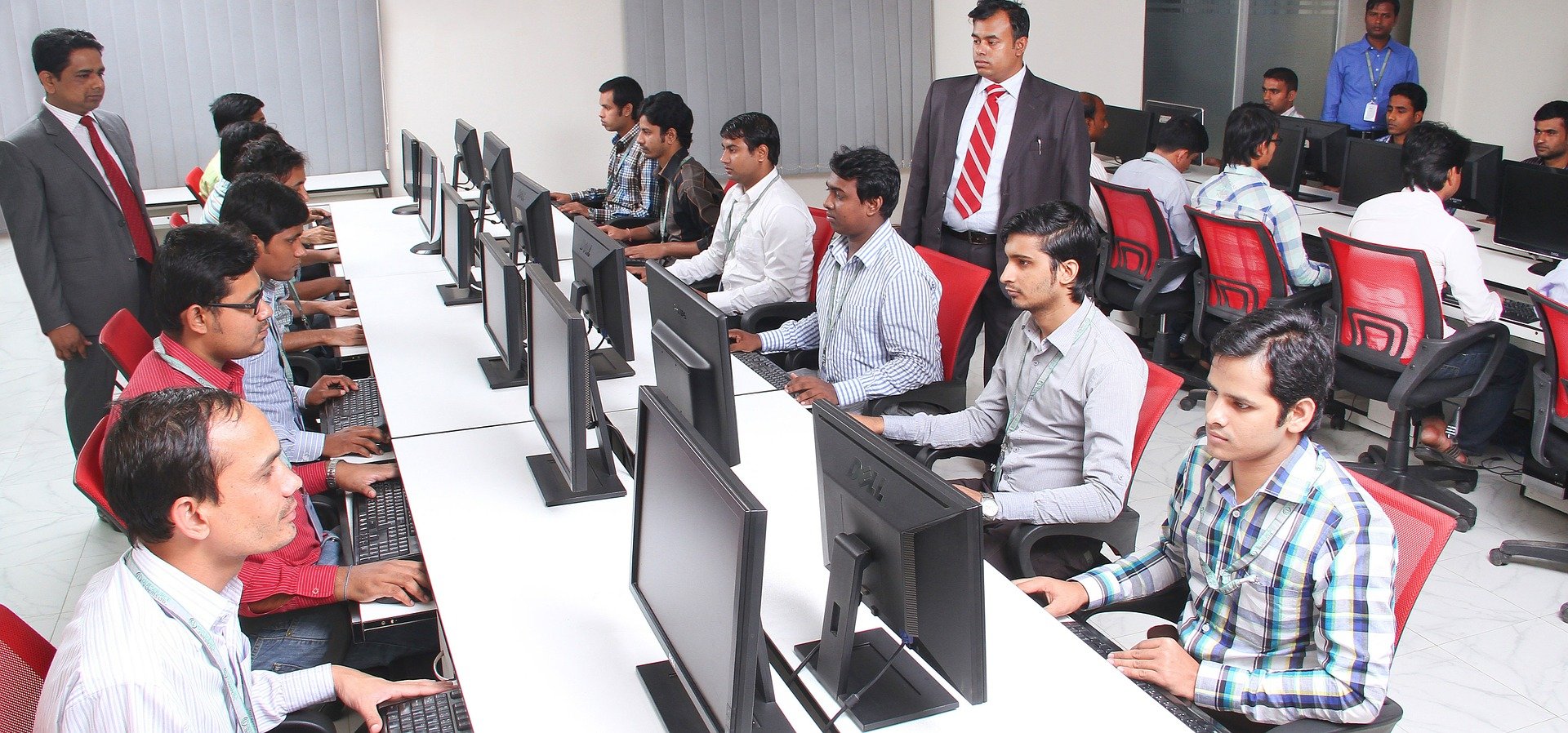Smart Cities of the Future
Urban areas in emerging economies are bursting at the seams. A steady rural to urban migration has swiftly increased urban population densities. Infrastructure that was possibly built for use by thousands is now often serving millions. According to the United Nations, 68 percent of the world’s population will be living in cities by 2050. Africa and Asia, in particular, will account for 90 percent of this surge.
Land in urban areas, meanwhile, will continue to become a scarce resource. Consequently, real estate prices will only trend further north. With affordability going to be a definite issue, the spotlight is cast on several pertinent questions. What innovation is needed to encourage innovation around new dwellings, new modes of living together, and new cities? What is the ideal way to build smart cities? Could smart cities possibly be built deep underground?
To deliberate on such issues, Horasis is organizing the Horasis Global Meeting on 08 June 2021. The one-day virtual event will see participation from a diverse range of people, spanning members from governments, businesses, academia, and the media. The goal is to collectively arrive at workable solutions on pressing issues affecting populations worldwide, and to achieve shared prosperity for the world.
Smart Cities and Their Key Deliverables
Smart city developments have gathered momentum. Powered by state-of-the-art technology, this segment could well be counted among the hallmark achievements of the 21st century. Digital innovations are ensuring greater convenience, higher levels of fulfilment, and security to residents in these new age habitats. The global smart city market is forecast to total over US$2.5 trillion by 2025. The success of these projects, meanwhile, depend on two primary stakeholders – governments and the private sector.
The onus of budgetary allocations rests upon governments. And the private sector—tasked with executing these projects—must ensure satisfactory completion. In emerging economies, it is an absolute necessity for the primary stakeholders to work in unison to benefit the economically disadvantaged. A large subset of their country’s population chose to migrate to urban areas to try and build a more secure economic future. And failing to accommodate their needs, and improving their purchasing power, will have fallen short of the goals these mega projects are seeking to fulfil.
At their core, smart cities must deliver on three key fronts. The first includes the provision of basics such as water supply and sanitation, street lighting, waste disposal provision, traffic or parking management systems, apps that enable citizens to notify authorities about repairs or faults, and public W-Fi access. Second, an ecosystem development must be fostered. This implies the development of secondary services that build on the basic smart city deliverables. Secondary services include conveniences such as payment systems, including facial-recognition based platforms. It also includes wide usage of sensors for data collection and analysis.
The third category of deliverables are “smart” systems, that incorporate AI and IoT systems. Some of these innovations are still in prototype stages or in advanced levels of testing such as autonomous vehicles. Self-driving vehicles and electric mobility will form key pillars in future transportation. Besides, introduction of 5G networks will enable innovations in advertising, better traffic management, and pollution and air quality monitoring. The vast data sets generated will pave the way for introduction of further innovations and form the basis for sound decision making on the part of governments.
A Necessity for Emerging Economies
Building underground living spaces is not a modern idea. The ancient world also saw its fair share of underground constructions. Meanwhile, several cities—affected by conflict in the 20th century—also built elaborate underground living quarters as a safe haven against hostilities. And more recently, underground shopping centers have sprung up in cities such as Toronto and Tokyo. A common thread among such centers is their proximity to underground public transit systems. In Mexico, plans are afoot to build an underground skyscraper or “earthscraper”. And with warmer temperatures fast becoming an existential threat, a subterranean urban scape is not a far-fetched reality.
Smart cities are a necessity for emerging economies. Decades of haphazard and unregulated construction in existing urban areas has led to large scale disarray. However, the predicament is not irreversible; rather visionary planning on the part of authorities will ensure past oversights do not affect the building of new age cities. With populations in urban areas forecast to only increase further, technology alone offers solutions that can ease the stress on expanding cities – provided policies enable technology. A positive trend, though, are high smartphone penetration levels and affordable data plans. And most emerging economies have been able to deliver on a basic smart city requirement – easy access to technology.
Meanwhile, it is not necessary for urban planners in developing countries to conceptualize smart cities from scratch. There are numerous successful examples worldwide and emulating their examples is a credible starting point. Singapore, for instance, is the world’s second most densely populated area. But its planners have effectively triumphed over most obstacles, delivering the world’s “smartest” city.
Photo Caption: Singapore is a great example of a smart city with high density living.



